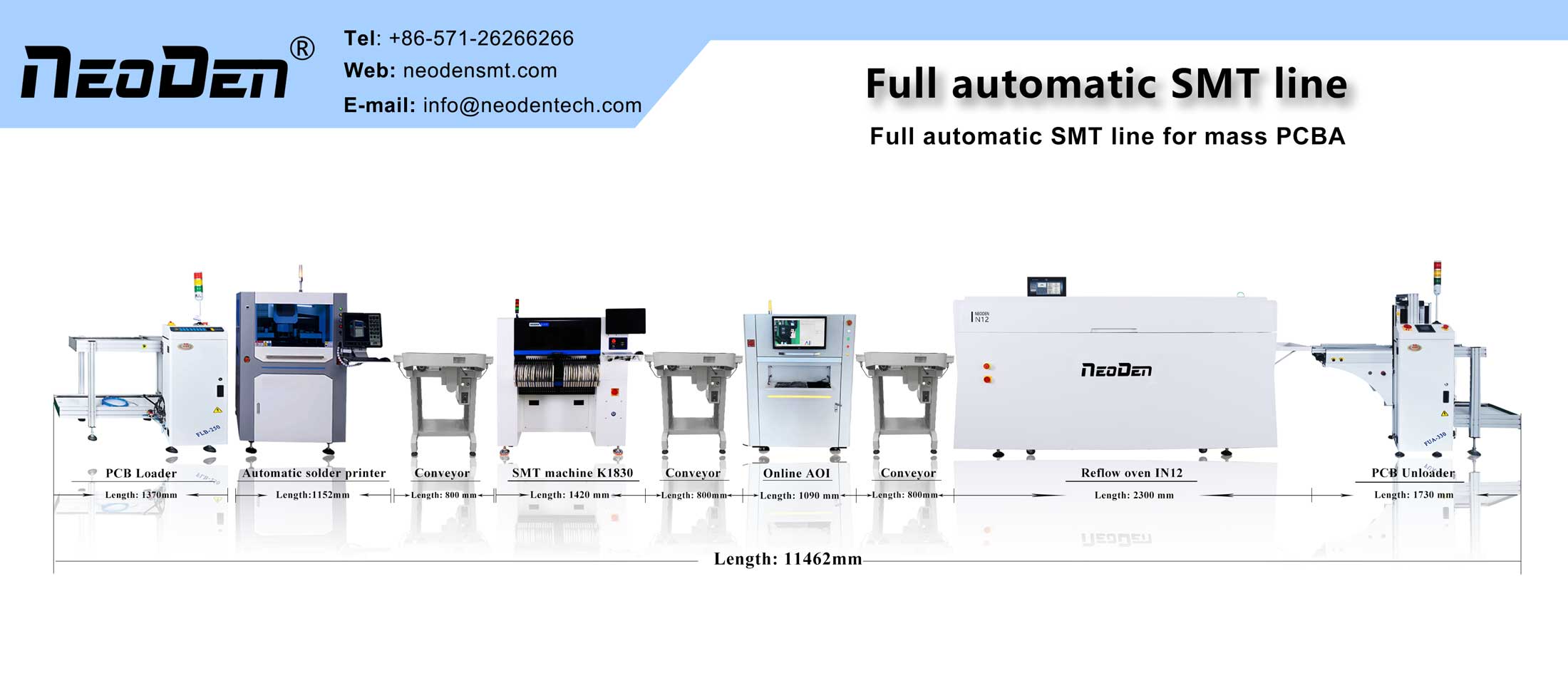1. Wave Soldering Machine Technological process
Dispensing → patch → curing → wave soldering
2. Process characteristics
The size and filling of the solder joint depend on the design of the pad and the installation gap between the hole and the lead. The amount of heat applied to the PCB depends mainly on the temperature of the molten solder and the contact time (welding time) and area between the molten solder and the PCB.
In general, the heating temperature can be obtained by adjusting the transfer speed of the PCB. However, the choice of welding contact area for the mask does not depend on the width of the crest nozzle, but on the tray window size. This requires that the layout of components on the welding surface of the mask should meet the requirements of the minimum window size of the tray.
There is “shielding effect” in the welding chip type, which is easy to occur the phenomenon of welding leakage. Shielding refers to the phenomenon that the package of a chip element prevents solder wave from contacting the pad/solder end. This requires that the long direction of the wave crest welded chip component be arranged perpendicular to the transmission direction so that the two welded ends of the chip component can be well wetted.
Wave soldering is the application of solder by molten solder waves. Soldering waves have an entry and exit process when soldering a spot due to the movement of the PCB. The solder wave always leaves the solder spot in the direction of disengagement. Therefore, the bridging of the normal pin mount connector always occurs on the last pin that disengages the solder wave. This is helpful to solve the bridge connection of the close pin insert connector. Generally, as long as the design of a suitable solder pad behind the last tin pin can be effectively solved.
Post time: Sep-26-2021

